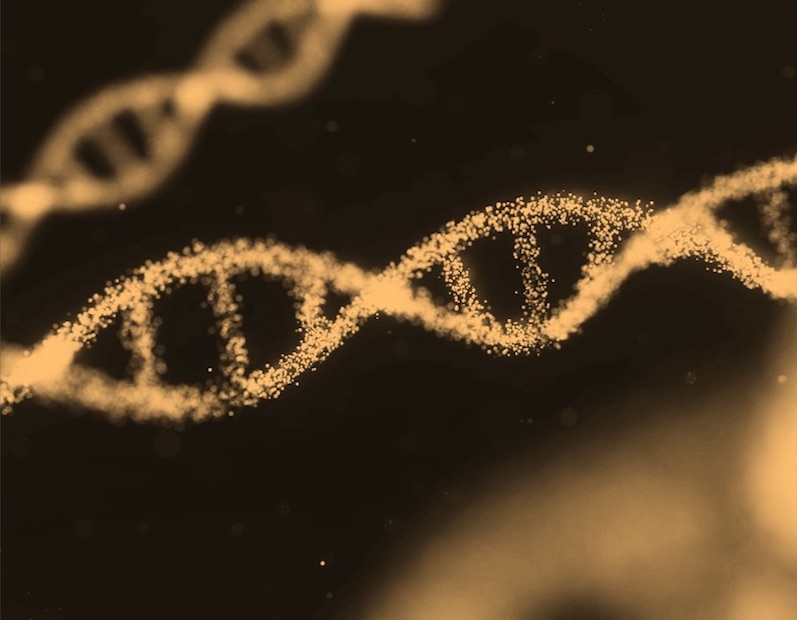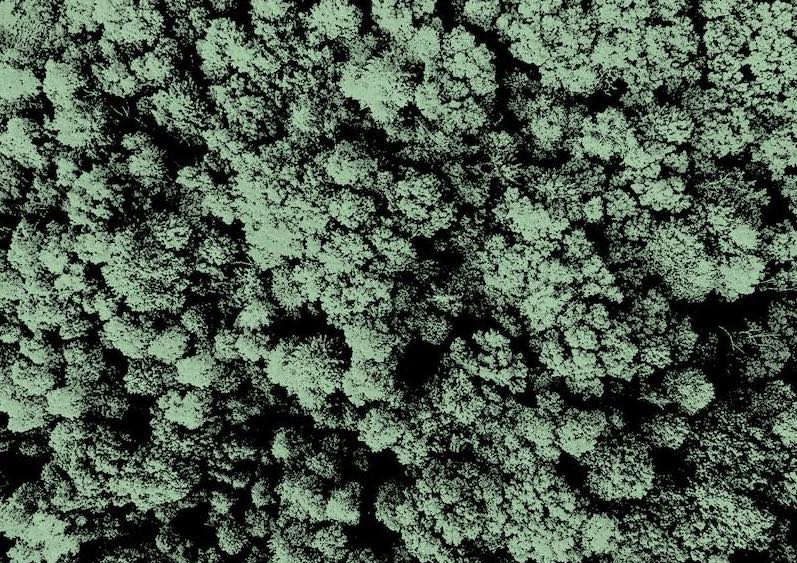What is it about?
Animal-borne devices are widely used across taxa, however, some devices and attachment methods may impact fitness. Considering the rise in animal-borne devices used in sea turtle research, few studies investigate animal welfare often due to the difficulties of re-observing tagged individuals. There is a need for assessment and reporting of tag effects. Our study provides the first analysis of the effects of satellite tagging on growth rates and body condition for free-living immature turtles.
Featured Image

Photo by Kris-Mikael Krister on Unsplash
Why is it important?
Satellite tracking devices reveal so much about the hidden lives of sea turtles but what are the impacts of these devices? By examining satellite tagged immature turtles after 2-3 years of attachment, we found no damage to the carapace and no differences in growth rates or body condition compared to untagged individuals. However, the effects of tagging may vary for different species, environmental conditions and attachment methods and so we highlight the importance of studying the effects of tagging at other sites around the world.
Perspectives

It was encouraging to find no damage to the carapace of tagged turtles, and no significant differences in growth rates or body condition compared to untagged individuals. However, it is crucial to note that the outcome may differ for other species, environmental conditions and attachment methods. So, it is important that any potential impacts - whether large or small - are documented and published to help refine best practices.
Dr Holly Jayne Stokes
Swansea University
Read the Original
This page is a summary of: Assessing the impacts of satellite tagging on growth rates of immature hawksbill turtles, Methods in Ecology and Evolution, November 2024, Wiley,
DOI: 10.1111/2041-210x.14464.
You can read the full text:
Contributors
The following have contributed to this page









